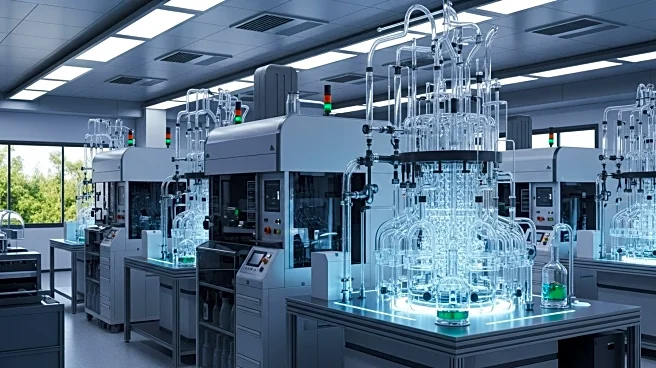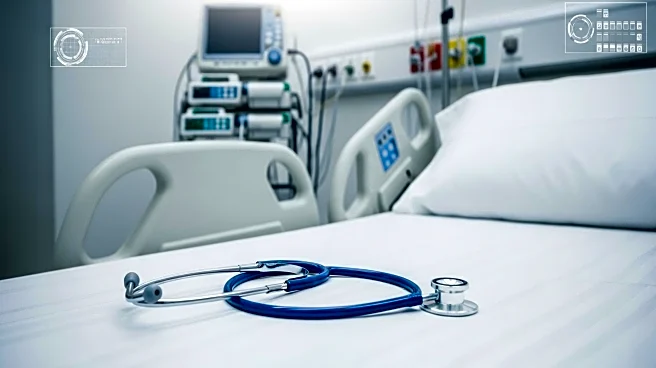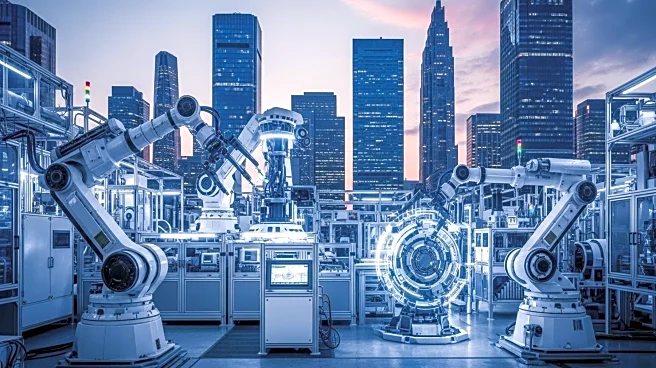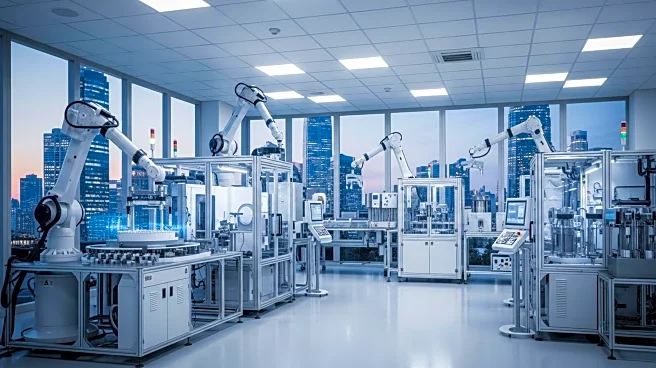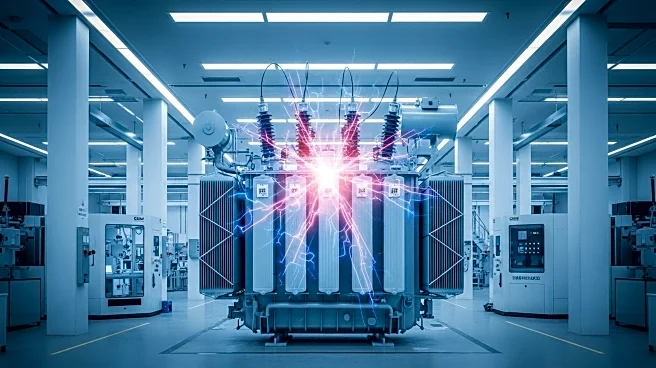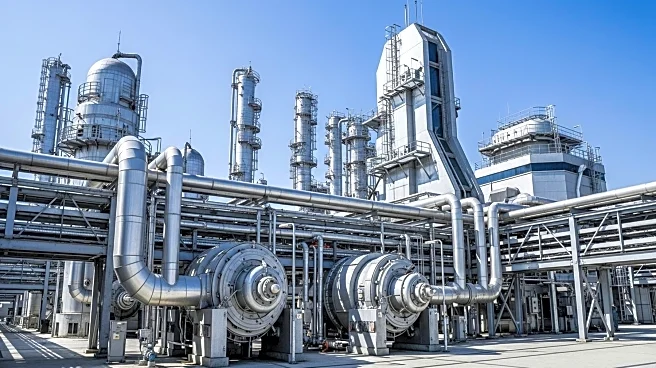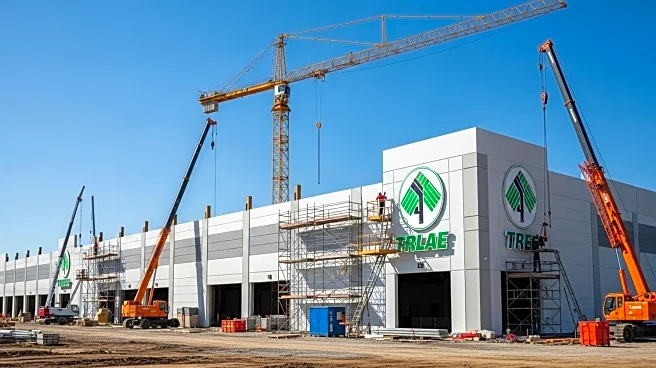What is the story about?
What's Happening?
FUJIFILM Biotechnologies has inaugurated a new commercial-scale cell culture manufacturing site in Holly Springs, North Carolina. This facility is one of the largest of its kind in North America and represents a significant expansion of FUJIFILM's global manufacturing network. The site, which is part of a $3.2 billion investment, initially features eight 20,000-liter mammalian cell culture bioreactors, with plans to double this capacity in the future. The facility aims to support the production of biologic medicines targeting complex diseases. The opening ceremony was attended by FUJIFILM leadership and North Carolina state officials, highlighting the project's potential to create 1,400 jobs by 2031 and significantly boost the local economy.
Why It's Important?
The establishment of this manufacturing site underscores FUJIFILM's commitment to expanding its presence in the biopharmaceutical sector and enhancing its capacity to produce life-saving medicines. The investment is expected to have a substantial economic impact on North Carolina, creating high-quality jobs and attracting further investment in the region. The facility's focus on biologics aligns with the growing demand for advanced therapies to treat chronic diseases, driven by an aging global population. Additionally, the site's emphasis on sustainability, including plans to offset carbon emissions through renewable energy, reflects FUJIFILM's commitment to environmental responsibility.
What's Next?
As FUJIFILM Biotechnologies continues to expand its operations in North Carolina, the company will likely focus on scaling up production capabilities and integrating advanced technologies to enhance efficiency. The second phase of the project, which involves doubling the number of bioreactors, is expected to further increase the site's capacity to meet the rising demand for biologic medicines. The company may also explore partnerships with local educational institutions to develop a skilled workforce, ensuring a steady supply of talent to support its operations. The success of this facility could serve as a model for future biomanufacturing projects in the U.S. and globally.
AI Generated Content
Do you find this article useful?
